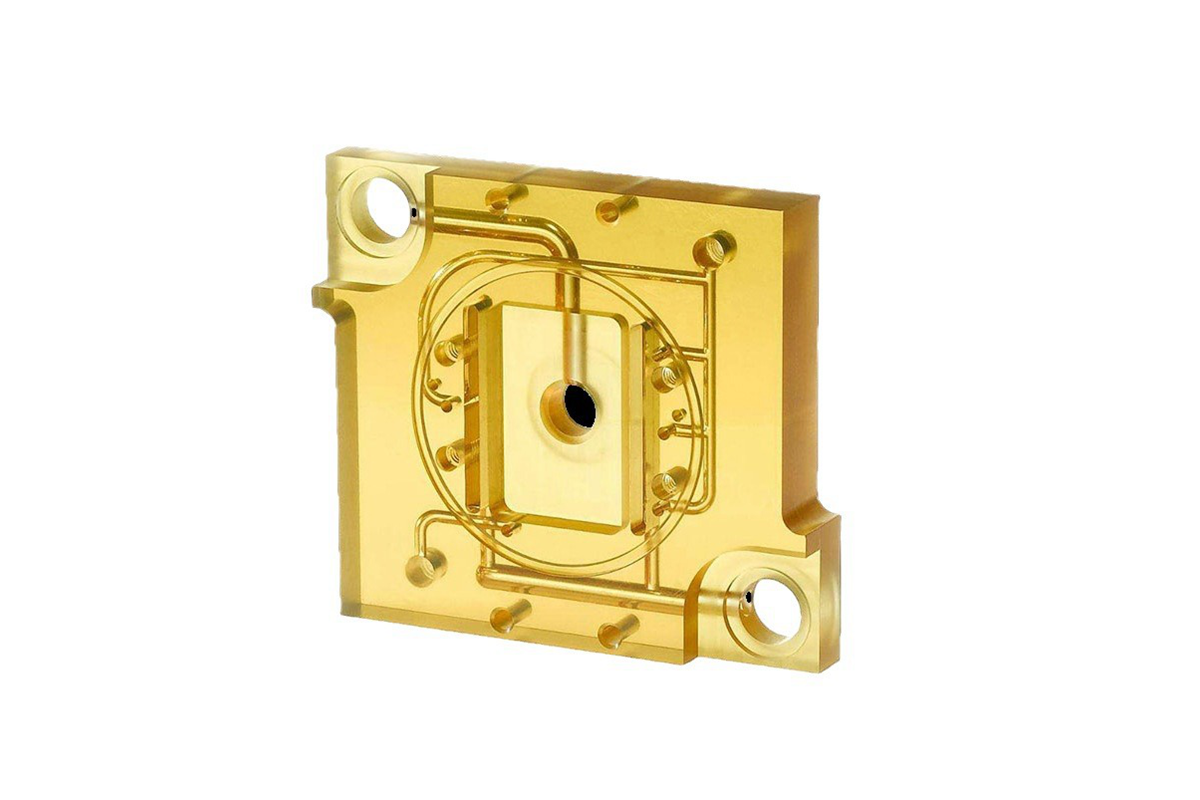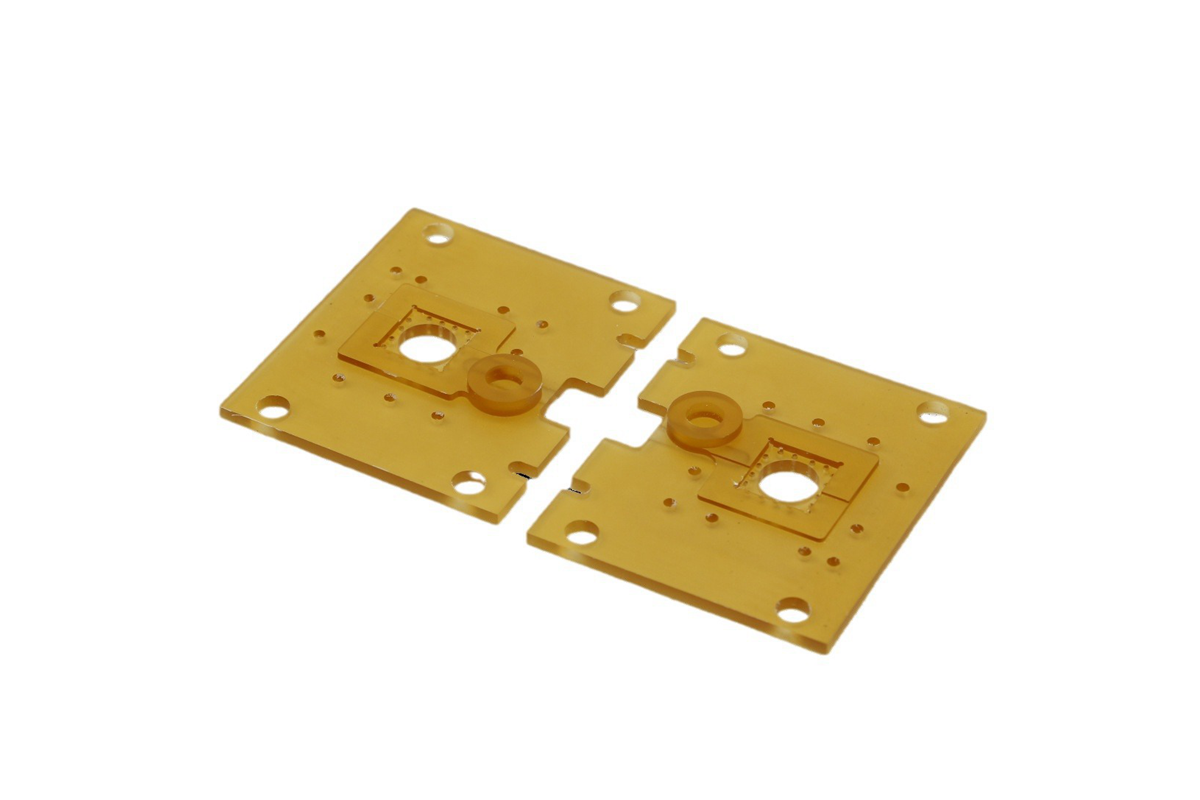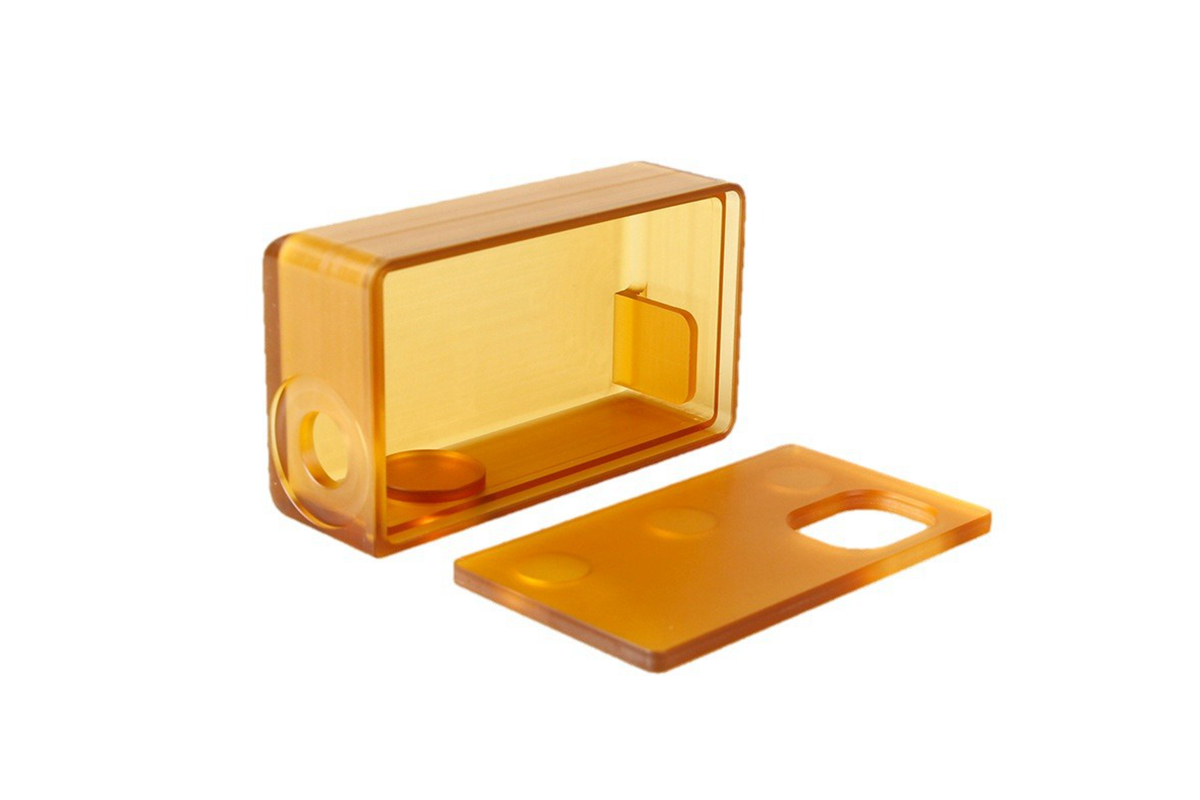Custom Injection Molded PEI Flame Retardant Resistant Electrical Accessories
In the world of electrical accessories, performance and safety are paramount. As technology advances, so does the demand for materials that can withstand extreme conditions while ensuring the safety and durability of the products. One such advanced material that stands out in the electrical engineering sector is polyetherimide (PEI), known for its exceptional heat resistance and flame-retardant properties.
PEI is a high-performance engineering thermoplastic characterized by its ability to retain mechanical properties at elevated temperatures. It is ideal for applications requiring stringent fire safety and thermal stability, such as aerospace, automotive, and electrical and electronic accessories. The inherent flame retardancy, high strength, and rigidity of PEI allow manufacturers to meet rigorous safety standards without compromising performance.
Project Background
In this case study, we explore a scenario where a client specializing in electrical systems requires advanced solutions to overcome significant material challenges. The client's product line included various electrical accessories that were essential components in high-risk environments, such as power plants and industrial machinery. These components needed to meet exceptionally high standards for flame resistance, thermal stability, and electrical insulation.
Client Requirements: The client sought to enhance the safety and durability of their electrical accessories, which were previously made from materials that did not adequately withstand high temperatures or meet the latest fire safety regulations. The primary requirements were:
High flame retardancy to comply with stringent safety standards.
Superior thermal resistance capable of enduring continuous operation at elevated temperatures.
Excellent mechanical strength and dimensional stability under thermal stress.
Challenges with Previous Materials: Previously, the client had used various thermoplastics which, while cost-effective, fell short in critical areas:
They did not meet the required UL 94 V-0 flame rating, posing a risk in fire-prone environments.
They exhibited significant deformation and loss of mechanical integrity at high temperatures, leading to frequent failures and maintenance issues.
The materials showed poor long-term resistance to UV and chemical exposure, leading to degradation and additional safety concerns over time.
Transition to PEI: Given these challenges, our team proposed the use of Polyetherimide (PEI) for its notable advantages over traditional materials:
Inherent Flame Retardance: PEI naturally resists ignition and self-extinguishes quickly, which is crucial for meeting UL 94 V-0 standards.
Exceptional Thermal Stability: PEI maintains its physical properties at temperatures up to 340°F (170°C), making it ideal for applications subjected to high heat.
Robust Mechanical Properties: The material's high strength and stiffness ensure that the components retain their shape and functionality even under thermal stress.
This transition was driven by the need for a material that could improve the safety and reliability of the electrical accessories and reduce long-term maintenance and replacement costs.
Injection Molding Process with PEI
Injection molding is a versatile and efficient manufacturing process ideal for producing complex, high-precision parts in large volumes. When dealing with advanced materials like Polyetherimide (PEI), which offers superior thermal resistance and flame retardancy, special considerations must be made to optimize the molding process for the best results.
Pre-treatment Requirements:
Drying: PEI must be thoroughly dried before processing to prevent hydrolytic degradation during molding. Typical drying conditions involve heating the pellets to 300°F (149°C) for 4 hours in a desiccant dryer.
Temperature Control: Ensuring the material is at a consistent temperature helps maintain its flow properties and minimizes defects in the final product.

Injection Molding Parameters:
Melt Temperature: PEI is processed at a high melt temperature, typically between 650°F and 730°F (343°C to 387°C), which is crucial for reducing its viscosity and enabling better flow into the mold cavities.
Mold Temperature: The mold is maintained at about 275°F to 350°F (135°C to 177°C). A higher mold temperature improves the crystallinity of PEI, enhancing its mechanical properties and increasing cooling times.
Injection Speed and Pressure: High injection speeds and pressures are necessary due to the material's high viscosity. These conditions must be carefully managed to avoid short shots and ensure complete cavity filling without causing stress to the parts.
Advantages of Injection Molding for PEI:
Efficiency: Despite the high processing temperatures required, injection molding allows for rapid production cycles once optimal conditions are established.
Precision: Injection molding with PEI can produce parts with tight tolerances and excellent surface finish, which is essential for electrical accessories that must fit precisely within specific assemblies.
Scalability: Once the initial setup is optimized, scaling production is straightforward, making it cost-effective for large production runs.
Tooling Considerations:
Material Selection for Molds: Due to the high processing temperatures of PEI, tooling must be made from materials that can withstand prolonged exposure to heat without deforming. Tool steels and certain nickel-based alloys are commonly used.
Design for Manufacturability: Special attention is given to mold design, ensuring adequate cooling and ejection systems are in place to handle PEI's high temperatures and rigid nature.
The injection molding process for PEI requires precise control and an understanding of material properties to produce high-quality, defect-free parts. This capability addresses the technical demands of manufacturing with PEI. It ensures the final electrical accessories meet all required safety and performance standards.
Design and Prototyping
Designing and prototyping are critical in developing high-performance electrical accessories using Polyetherimide (PEI). This stage allows engineers to refine the functionality and aesthetics of the product but also ensures that the parts will meet all technical requirements for thermal resistance and safety.
Design Considerations:
Component Geometry: The design process begins with defining the precise geometry of the parts. Given PEI's stiffness and strength, designers can create complex shapes that might not be feasible with other plastics.
Integration Features: Features such as snap-fits, undercuts, and bosses are incorporated into the design, considering PEI's high strength and modulus. These features are carefully designed to ensure ease of assembly while maintaining the part's integrity under operational stresses.
Thermal and Electrical Considerations: Special attention is given to the thermal and electrical insulation properties required for the accessories. The designs include considerations for heat dissipation and barrier placements to prevent heat build-up and ensure long-term reliability.
Prototyping Phase:
CAD Modeling: The initial designs are converted into detailed 3D models using advanced CAD software. These models are crucial for simulations and identifying potential stress points and material behaviors under simulated operating conditions.
3D Printing: Initially, prototypes may be 3D printed using a similar but more readily printable thermoplastic to validate the design. This step is crucial for rapid iteration without the higher machining costs or using actual PEI at this early stage.
Functional Prototypes: Once the design is validated through 3D printed models, functional prototypes are created using actual PEI. These prototypes are produced through a simplified injection molding process using rapid molding or CNC machining of PEI stock.
Testing and Iteration:
Mechanical Testing: Prototypes undergo rigorous mechanical testing to verify their strength, stiffness, and durability. Tests such as tensile strength, flexural modulus, and impact resistance are performed to ensure the part meets the design specifications.
Thermal Testing: Given PEI's application in high-temperature environments, prototypes are tested in temperature-controlled chambers to assess their performance under heat exposure. It includes evaluating dimensional stability and mechanical performance post-heat exposure.
Safety Standards Compliance: The prototypes are tested to ensure they comply with relevant safety standards, such as the UL 94 flame rating for flammability. These tests are critical for certification and market acceptance.
Feedback Integration: Feedback from the testing phase is integrated into the design. This iterative process may lead to several rounds of prototyping to refine the part design until all performance and regulatory requirements are met.
This comprehensive approach to design and prototyping accelerates the development process and ensures that the final product will perform reliably in its intended environment. By leveraging advanced modeling techniques and rigorous testing, we can optimize the design for manufacturing and functionality, paving the way for successful production.
Case Study: Implementation and Results
This section of the blog delves into the practical application of custom injection molded Polyetherimide (PEI) electrical accessories in a real-world setting. We will explore how the products were implemented, their performance in operational environments, and client feedback.
Deployment of PEI-based Accessories:
Installation: The PEI electrical accessories were integrated into high-demand environments such as industrial control systems and high-performance electrical panels. These environments were chosen due to their exposure to high temperatures and potential fire hazards, where the properties of PEI could be fully utilized.
Training and Support: To ensure optimal use of the newly installed accessories, comprehensive training sessions were provided to the client’s technical staff. This training covered proper handling, installation techniques, and maintenance procedures tailored to the characteristics of PEI.
Performance in the Field:
Thermal Resistance: The accessories were continuously operated at elevated temperatures, demonstrating excellent thermal stability. Unlike previous materials, PEI maintained its structural integrity and performance without any significant deformation or loss of mechanical properties.
Flame Retardancy: In scenarios involving accidental sparks or elevated temperatures, the PEI accessories showcased their inherent flame retardant properties by preventing the spread of flames, thus playing a critical role in enhancing overall safety.
Longevity and Durability: Feedback over several months indicated that the accessories exhibited superior durability with minimal signs of wear or degradation, significantly reducing the need for replacements and maintenance.

Client Feedback and Economic Impact:
Client Satisfaction: The client reported high satisfaction with the performance of the PEI accessories. The enhanced safety features and reliability contributed to smoother operations and reduced downtime.
Cost-Effectiveness: Although the initial cost of PEI accessories was higher than traditional materials, the long-term savings from reduced maintenance and replacement needs justified the investment. The economic analysis highlighted decreased overall lifecycle costs associated with these high-performance accessories.
Regulatory Compliance: PEI helped the client meet stringent regulatory requirements for fire safety and thermal management, which were crucial for maintaining their industry certifications and market competitiveness.
Environmental Impact:
Sustainability Considerations: By opting for recyclable PEI, which has a longer lifespan, the environmental impact was minimized compared to other plastics. This choice supports the client’s goals for sustainability and reduced ecological footprint.

